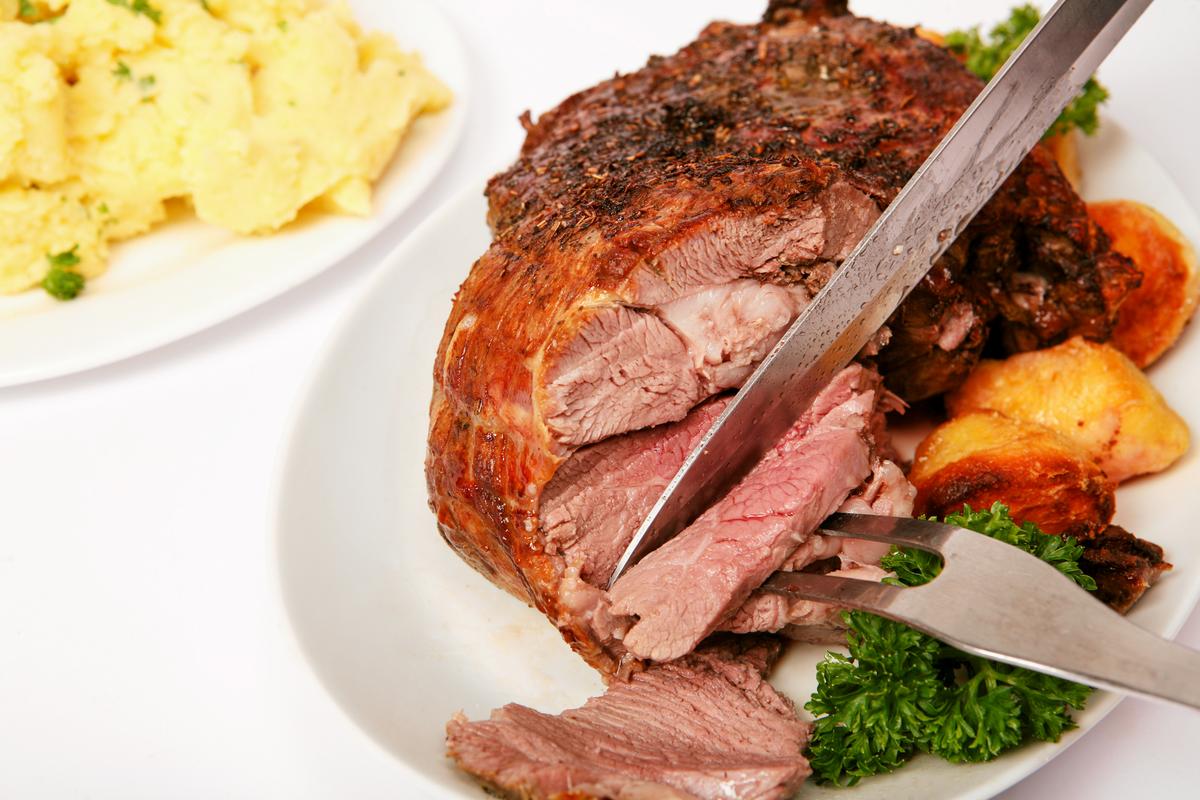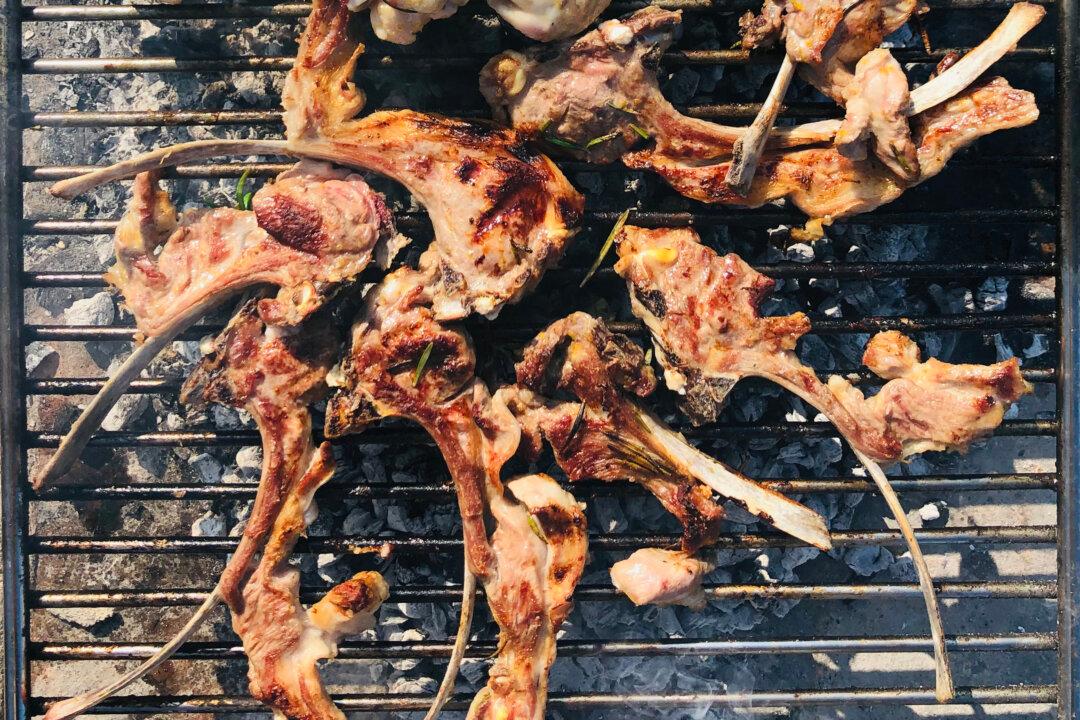Whether for the Easter feast or an everyday meal, lamb is a classic choice for the springtime table. Here, chefs share some of their favorite lamb recipes—from centerpiece roasts to a rich ragù for homemade pasta—to help you usher in the new season.
Boneless Leg of Lamb With Citrus-Mint Glaze

Shutterstock






